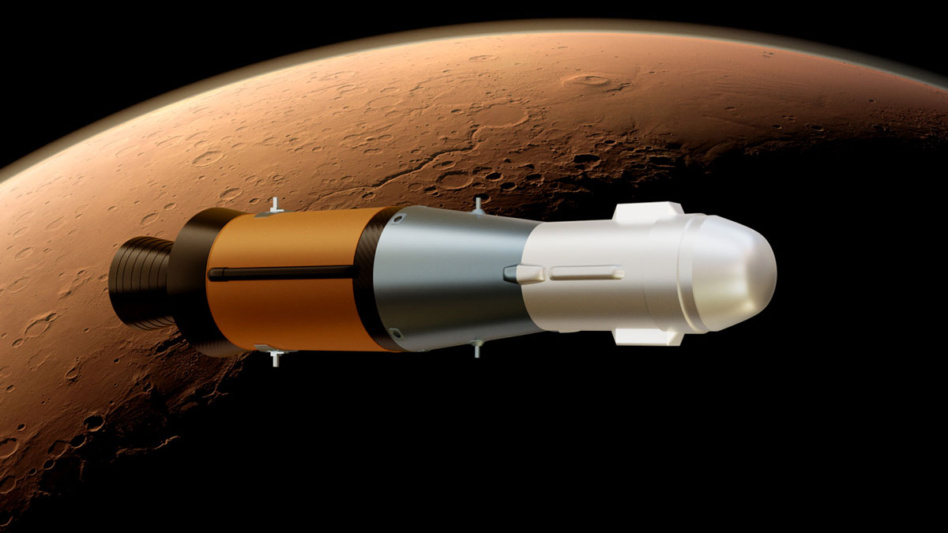A rocket will launch from another planet, potentially within a decade. If that’s not enough to get your head spinning, we’ve done a little more reading up on the lengthy checklist for the Mars Ascent Vehicle, or MAV for short.
The Perseverance rover has been milling about on Mars for a while now, collecting samples of dirt from the planet’s Jezero Crater and sealing them inside a series of tubes. One problem: right now, there’s no Earth return ticket for those samples. NASA and ESA are working out the complex details of how to get those tubes across the wide expanse of space separating our planets.
This week, NASA announced that it had awarded Lockheed Martin a $194M cost-plus contract to build MAV and the ground infrastructure needed to set up and launch it from the surface of Mars. As part of the contract, Lockheed will construct several test units and a flight unit, the latter of which will fly aboard NASA’s Sample Retrieval Lander mission, slated for no earlier than 2026.
The task at hand: MAV will need to get to Mars nestled inside the Sample Retrieval Lander, which will land as close to Perseverance as possible, in or near the Jezero Crater. The system will use a rover to collect the dirt samples from Perseverance and load them into the ship. The double-duty lander will then serve as the launch platform for MAV, which will launch remotely and get to Mars orbit. There, an ESA Earth Return Orbiter will be patiently waiting to grab the samples and ferry them home.
The constraints: Building this little rocket will be no small task. Designing a rocket to launch remotely from an environment completely different from our own is uncharted territory. The rocket needs to be small enough to fit in the lander, and tough enough to withstand the dusty, harsh environment on Mars (which seems determined to destroy any instrument that dares land there). It also must launch without the luxury of human direction and support that rockets have at home.
And that’s not even the full story—once the samples are delivered to the ESA orbiter, the craft needs to keep them safe and uncontaminated for the whole journey home.
+ Still want more? Last month, we dug into what it will take to preserve and sterilize Mars samples to keep them—and, potentially, us—safe on their trip back to Earth. Read the story here.




